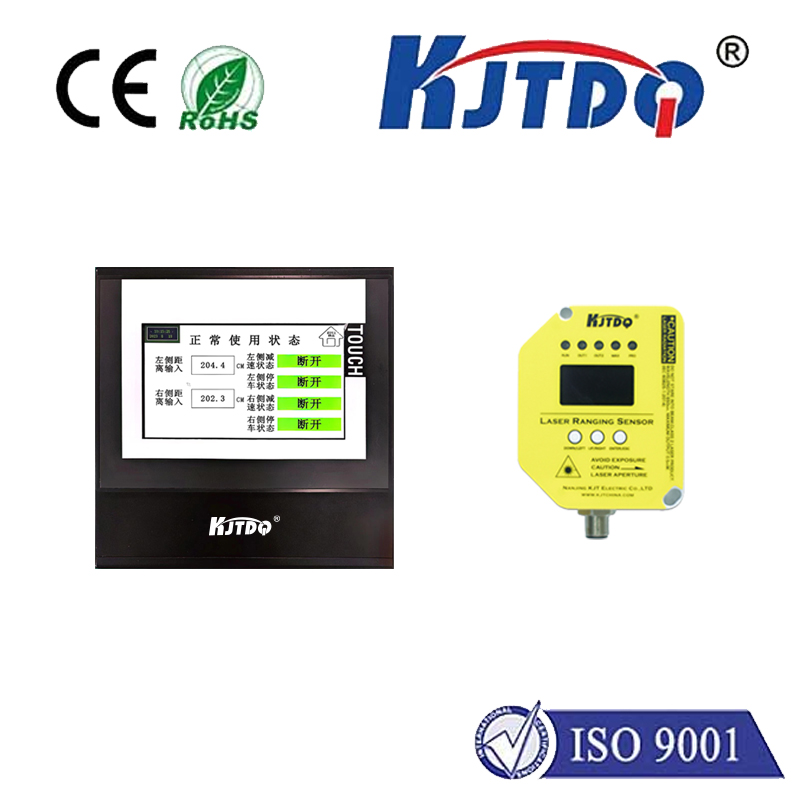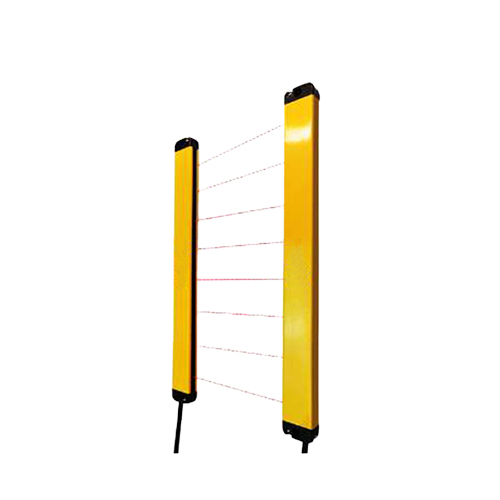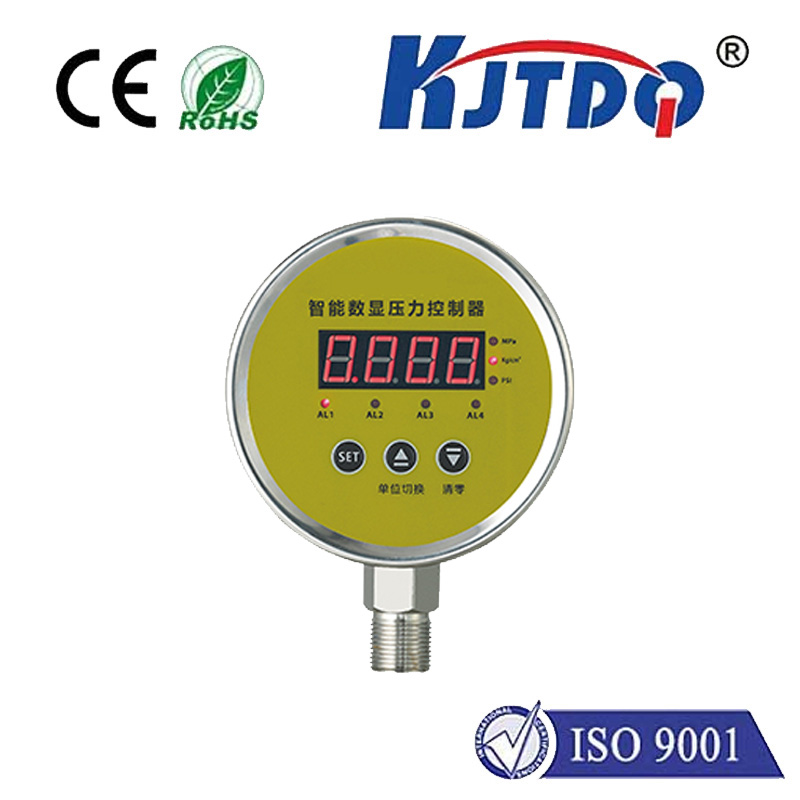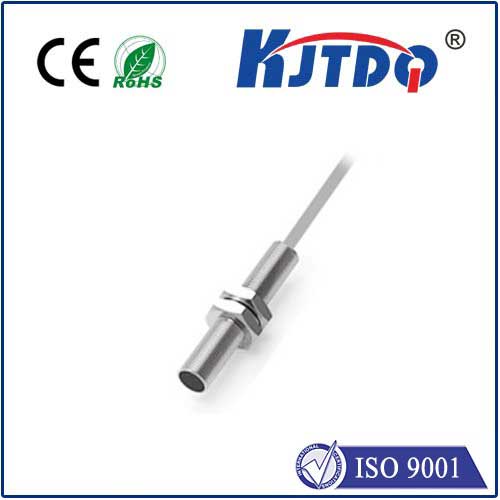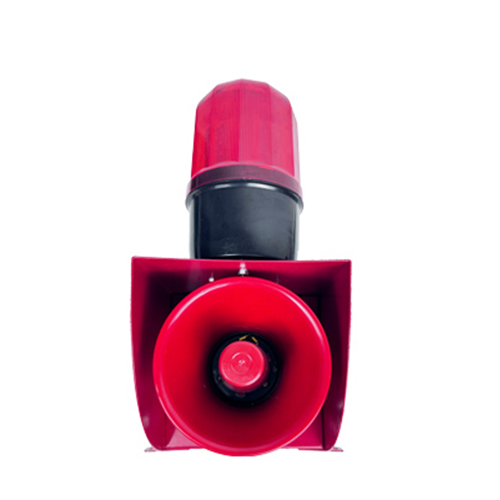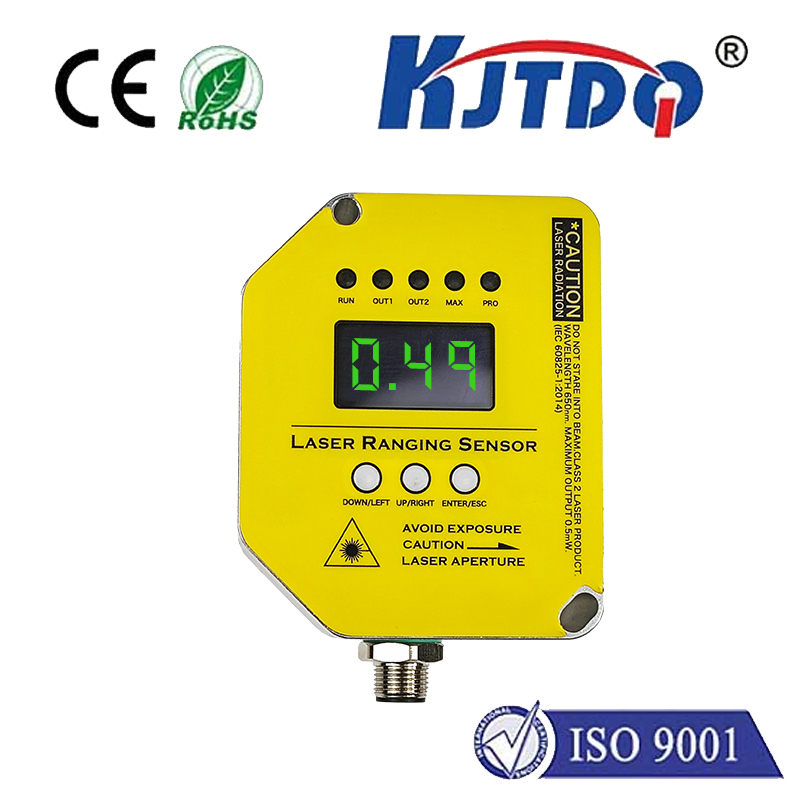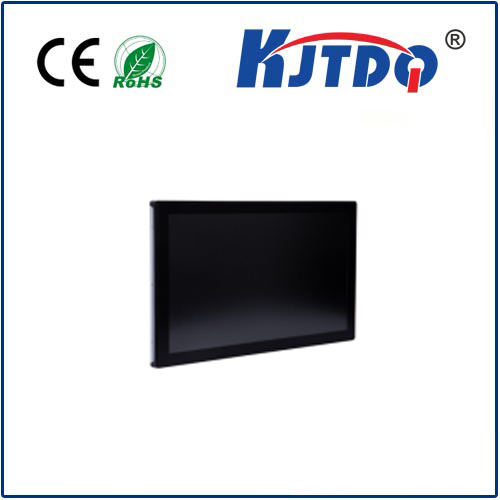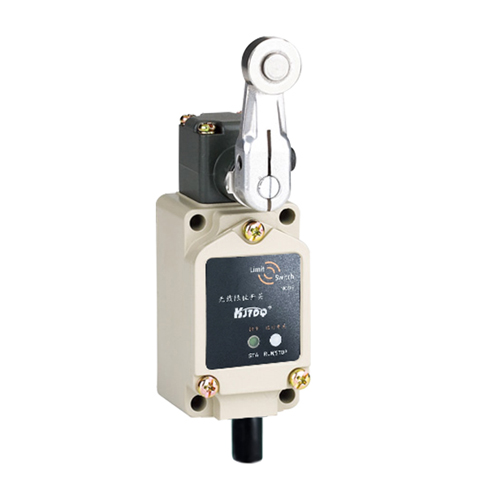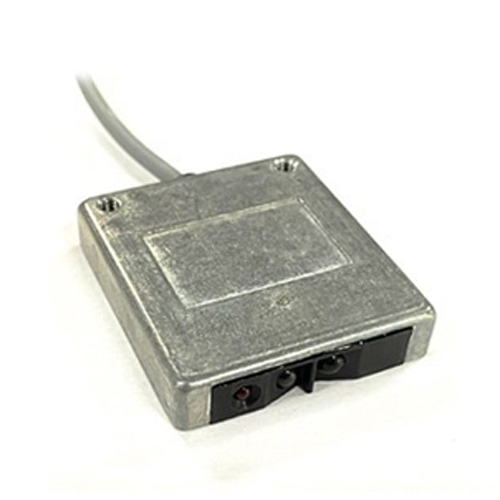BES00H6 high pressure proximity sensor
- time:2025-09-30 15:20:04
- Click:0
Beyond the Limits: How the BES00H6 High Pressure Proximity Sensor Delivers Uncompromising Detection
Imagine a critical hydraulic system deep within a steel mill. Pressures soar to hundreds of bars, temperatures fluctuate wildly, and metal shards pose constant threats. A standard proximity sensor might falter here, risking catastrophic failure. Enter the BES00H6 high pressure proximity sensor, a specialized solution engineered to thrive where others fear to tread. This isn’t just another sensor; it’s a testament to robust design, built explicitly to deliver reliable, non-contact detection in the most demanding, high-pressure environments on Earth.
Understanding the Core Challenge: High Pressure Environments
Proximity sensors are ubiquitous workhorses in industrial automation. Using electromagnetic fields (inductive sensors) or ultrasonic principles, they detect the presence or absence of metallic or non-metallic objects without physical contact. This non-invasive nature is key to their longevity and reliability in countless applications. However, conventional proximity sensors have inherent limitations. Their housings, typically constructed from standard stainless steel or plastics, simply lack the structural integrity to withstand extreme internal or external pressures. Subjecting them to such conditions can lead to:
- Housing Collapse: Physical deformation or crushing of the sensor body.
- Seal Failure: Breaches allowing pressurized media (oil, water, chemicals) to penetrate and destroy internal electronics.
- Measurement Inaccuracy: Pressure-induced stresses can deflect sensing faces or distort internal components, affecting detection range and reliability.
- Premature Failure: A combination of the above, leading to costly downtime, safety risks, and replacement parts.
The BES00H6: Engineered for the Extremes

The BES00H6 high pressure proximity sensor addresses these limitations head-on. It represents a specialized category within proximity sensing technology, designed and manufactured to perform flawlessly under sustained, significant pressure loads, often rated for 500 bar (7,250 psi) or higher. How does it achieve this remarkable resilience?
- Robust Stainless Steel Construction: High-grade austenitic stainless steel (often 303, 304, or 316 variants) forms the core housing. This material offers exceptional corrosion resistance crucial for hostile environments (hydraulic fluids, chemicals, saltwater) while providing the necessary tensile strength.
- Specialized Pressure-Resistant Design: Beyond just the material, the entire mechanical design is optimized. Expect features like thicker housing walls, precisely engineered sealing geometries, and minimized internal cavities that could compress under pressure.
- High-Performance Sealing: Achieving a pressure rating isn’t just about strength; it’s about hermetic sealing. The BES00H6 employs sophisticated sealing technologies – often multiple redundant seals utilizing high-performance elastomers like FKM (Viton®) – to guarantee absolute integrity against fluid ingress, even after millions of pressure cycles.
- Ruggedized Sensing Elements: The internal electronics and sensing coil are potted or encapsulated with specialized compounds designed to withstand pressure-induced stresses without affecting the electromagnetic field generation or signal processing.
- Certified Resilience: Reputable variants of sensors like the BES00H6 high pressure proximity sensor typically carry certifications like IP68/IP69K (for dust and water immersion/jet wash resistance) and may meet stringent industry standards (e.g., ATEX for hazardous areas, UL), providing documented proof of their robust capabilities.
Where the BES00H6 High Pressure Proximity Sensor Excels: Key Applications
This sensor isn’t for every job. Its niche is environments where pressure is the dominant, unavoidable challenge:
- Hydraulic & Pneumatic Systems: The quintessential application. Monitoring cylinder end positions, detecting piston rods, confirming valve positions, or verifying clamp closure deep within presses and machinery operating at several hundred bar.
- Chemical Processing: Monitoring valves, pumps, or agitators within reactors or piping systems handling aggressive, high-pressure chemicals where leak containment is paramount for safety.
- Oil & Gas (Upstream & Downstream): Detection tasks on drilling equipment, subsea applications, pipeline valves, and pressure vessels where extreme pressures and corrosive elements are standard.
- High-Pressure Cleaning & Waterjet Cutting: Verifying component presence or position near the intense pressures of waterjet nozzles or cleaning systems.
- Test Benches & Pressure Chambers: Providing reliable position feedback on actuators and test fixtures inside high-pressure testing environments.
- Power Generation: Monitoring critical components within turbines, especially hydraulic control systems, where pressures are immense.
Beyond Pressure: Additional Advantages of the BES00H6 Platform
While pressure resistance defines it, the BES00H6 high pressure proximity sensor typically incorporates the benefits of modern sensor technology:
- Non-Contact Operation: Eliminates wear and tear, ensuring long service life compared to mechanical limit switches.
- Fast Switching Speed: Capable of detecting rapid movements or high-speed production processes.
- High Switching Frequency: Ideal for applications requiring frequent detection cycles.
- Embeddable & Compact Designs: Often available in M5, M8, M12, M18, or M30 threaded barrels, allowing installation flush into structures or within tight spaces exposed to pressure.
- Reliable Outputs: Delivers clear PNP or NPN switching signals (or analog outputs in specific variants) for seamless integration into PLCs and control systems. Short-circuit protection is frequently standard.
- Temperature Tolerance: While pressure is the star, these sensors are also usually rated for operation across wide temperature ranges (-25°C to +100°C or beyond).
Selecting and Implementing: Critical Considerations
Choosing the right high pressure proximity sensor demands careful thought:
- Pressure Rating: This is non-negotiable. Ensure the sensor’s maximum operating pressure exceeds your application’s peak pressure, including potential pressure spikes or surges. Don’t operate near the absolute maximum limit.
- Media Compatibility: Verify the sensor housing material (e.g., 316L stainless steel) and seals (e.g., FKM) are compatible with the fluids or chemicals present. Chemical attack can compromise both pressure rating and sensor life.
- Temperature Range: Confirm the sensor operates reliably within your ambient and process-induced temperature extremes.
- Electrical Requirements: Match voltage supply, output type (PNP/NPN/NO/NC), and required cable/connector type to your control system. Shielded cables are often recommended for EMI protection.
- Mounting Constraints: Consider the required sensing distance and choose an appropriate embeddable or non-embeddable version. Ensure the mounting thread and housing withstand the mechanical loads. Proper installation torque is critical to avoid damaging seals or threads without compromising pressure integrity.
- Environmental Protection (IP Rating): Ensure the IP rating (like IP68/IP69K) is suitable for the surrounding environment (dust, moisture, washdown).
The Imperative of Robust Sensing
In high-pressure applications, sensor failure is rarely just an inconvenience; it can lead to safety hazards, unplanned downtime, costly repairs, and environmental incidents. The BES00H6 high pressure proximity sensor exemplifies a solution engineered specifically to prevent these scenarios. It represents an investment in reliability under duress. When failure is not an option, when pressures climb relentlessly, when standard sensors quickly succumb – that’s the environment where the specialized engineering of a






